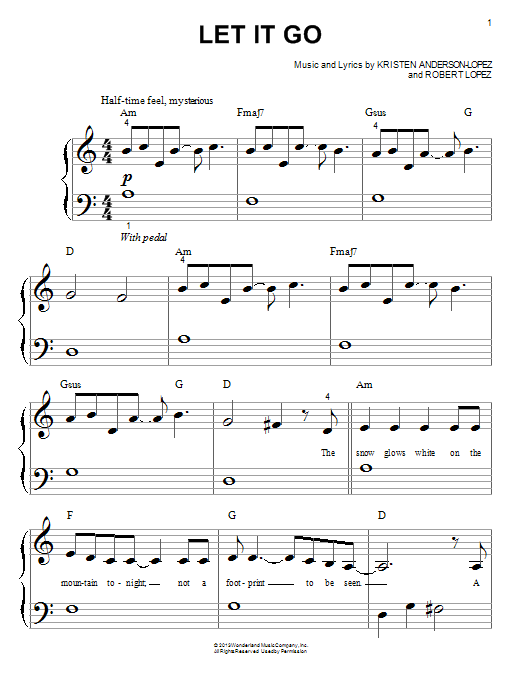


Each of the countless cover versions bring their own spin on what the artists felt a “Hallelujah” represented. Hallelujah - Leonard CohenĬohen's original was a melancholic, fragile musical poem that focused attention on the lyrics. The effect is majestic, before tapering back down to a gentle ending. It may begin quiet and minimal, but builds into expressive, fast runs of the fingers. Probably his most famous piece, it evokes the peaceful feeling of simply staring up at the moon at night. This third piece from Debussy's “Suite bergamasque” is not named after someone named “Clair”, but means “light of the moon”. The poem ends in a similarly dreamlike way that reflects the music: "the amber atoms in the fire gleaming, mingled their sarabande with the gymnopaedia". Satie himself said he was inspired by a novel by Flaubert, and the piece was published alongside a poem by Latour. There is still debate over what Satie was referring to when he named his three "Gymnopédies", since the word is taken from a form of ancient greek naked war dancing (that’s right). That said, there is a sense of optimism at the end to carry you through.

This gentle, mournful piece contained Satie’s instruction to be played "Lent et Douloureux", which means "slowly and painfully".


 0 kommentar(er)
0 kommentar(er)
